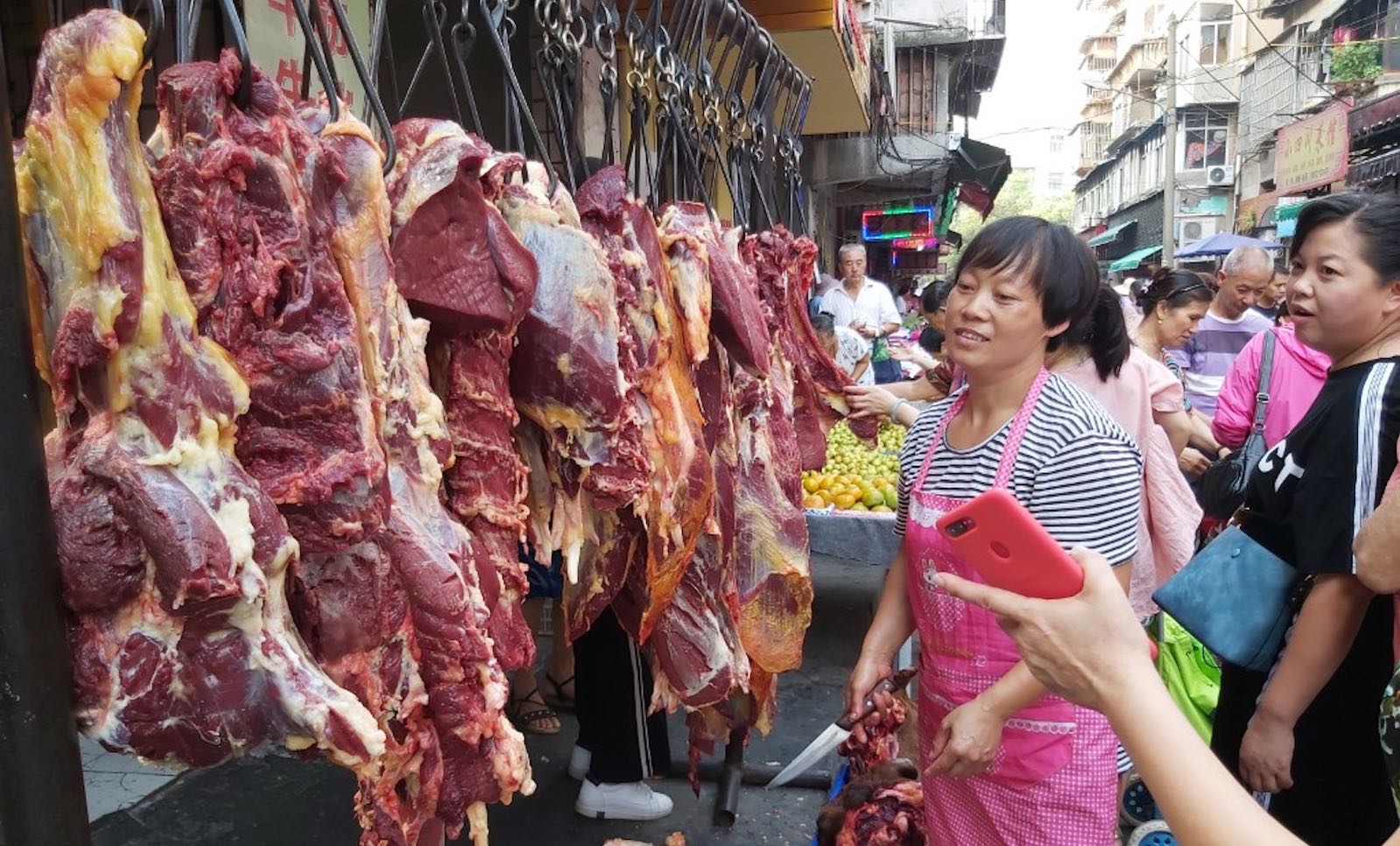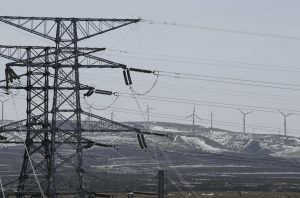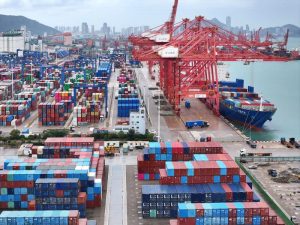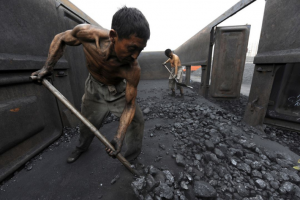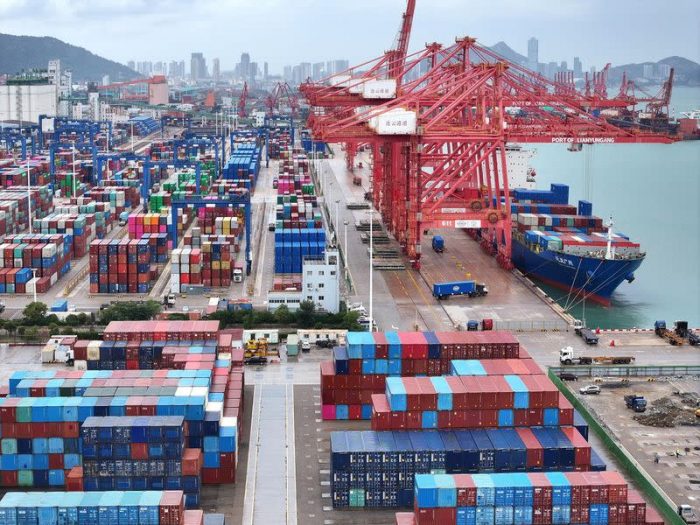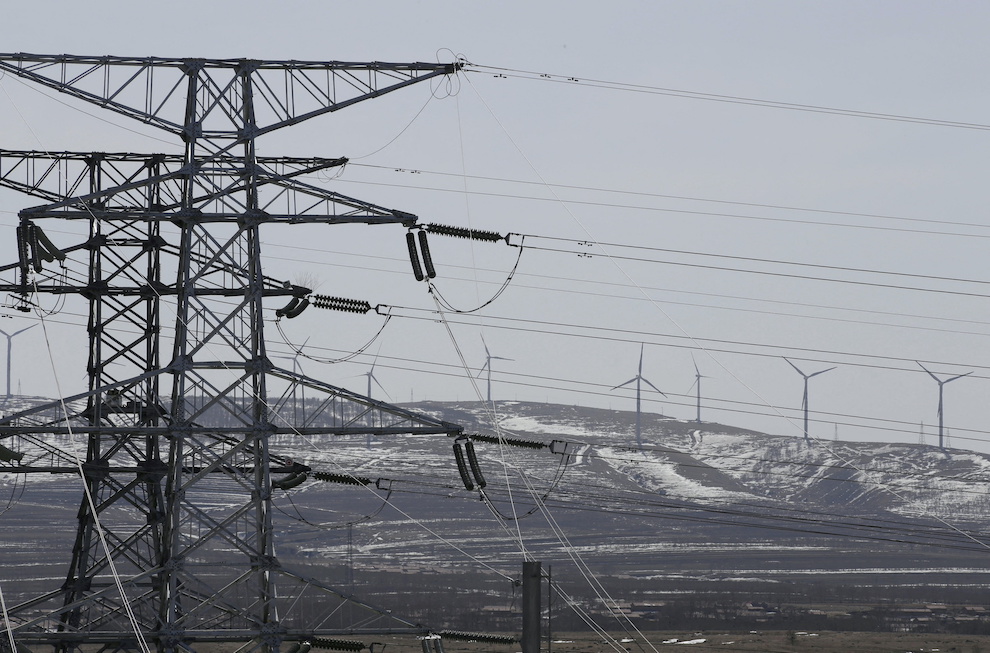(ATF) – China’s headline CPI inflation moderated to 5.2% year-on-year in February from 5.4% in January, in line with market expectations.
Food prices rose 21.9% y-o-y in February from 20.6% in January, mainly led by higher pork inflation (to 135.2% y-o-y in February) as a result of hoarding, the supply shock from the Covid-19 outbreak and African Swine Fever (ASF).
Prices of non-food items dropped to 0.9% y-o-y in February from 1.6% in January, due partly to the government’s reduction of highway toll prices and some utility prices. But analysts said most people may not have used tolled highways in February due to lockdowns and travel bans.
The Producers Price Index dropped to -0.4% y-o-y in February from 0.1% in January, due to falling prices of oil and other raw materials.
Usually, year-on-year CPI inflation drops by roughly 1.5pp following the Lunar New Year holiday, which took place in January this year but in February last year, so the 5.2% reading in February was seen as unusual, as it reflected the impact of the epidemic on some consumer staples, such as food. The outbreak has been a shock to both supply and demand, so its impact on inflation may not be clearcut, especially in the short term.
Nomura China expects CPI inflation to drop to 4.8% y-o-y in March on a decline in meat prices after the LNY holiday, but then rebound to 5.0% or higher on rising meat prices due to the supply shock (because some farmers culled chickens in February due to lack of poultry feed). It said PPI inflation could drop further to -1.0% in March on falling oil prices and oversupply of upstream raw materials (the downstream construction sector is more labor intensive, so it is harder to resume operations soon).
But it believed these inflation readings would have a limited impact on Beijing’s monetary policy making.
Money and credit data lower
Meanwhile, February money and credit data were lower than markets expected. New yuan or RMB loans and aggregate financing (AF) dropped to 906 billion and 855 billion, respectively in February from 3,340 billion and 5,067 billion in January.
Nomura China said the slump was mainly seasonal, “as banks tend to frontload their balance-sheets at the beginning of the year”. Year-on-year growth in outstanding yuan / RMB loans and aggregate financing remained at 12.1% and 10.7% y-o-y, respectively in February, both unchanged from January.
It said new aggregate financing was even lower than new loans in February because new undiscounted bankers’ acceptance financing slumped from in January, suggesting very weak market demand for credit amid the epidemic and slow business resumptions.
The 906-billion yuan of new loans included the 300 billion of PBoC special-purpose loans for virus-hit small and medium-sized enterprises, which it said “suggests actual market demand for bank loans was much weaker due to the Covid-19 outbreak”.
“We expect Beijing to continue its monetary easing measures to bring the economy back to normalcy,” Nomura China said. “There may also be further liquidity injections through channels such as the medium-term lending facility (MLF) and reserve requirement ratio (RRR) cuts. With another 500 billion yuan in PBoC re-lending and re-discounting and 350 billion in policy bank loans designated for combating the adverse economic effects of the epidemic unveiled on 25 February, we expect a rebound of new loans and aggregate financing in March.
“That said, we don’t think Beijing has the incentive or the capacity to launch another big stimulus this year due to much more limited policy space than in previous years and elevated CPI inflation. After the containment of Covid-19, we expect Beijing to gradually taper off some easing measures, with no repeat of the 3.6 trillion of the PBoC’s pledged supplementary lending money, which was used for the property sector between 2015 and 2019.”
READ MORE: Work resumes on housing, municipal projects
READ MORE: China seeks to stabilize foreign trade, investment




